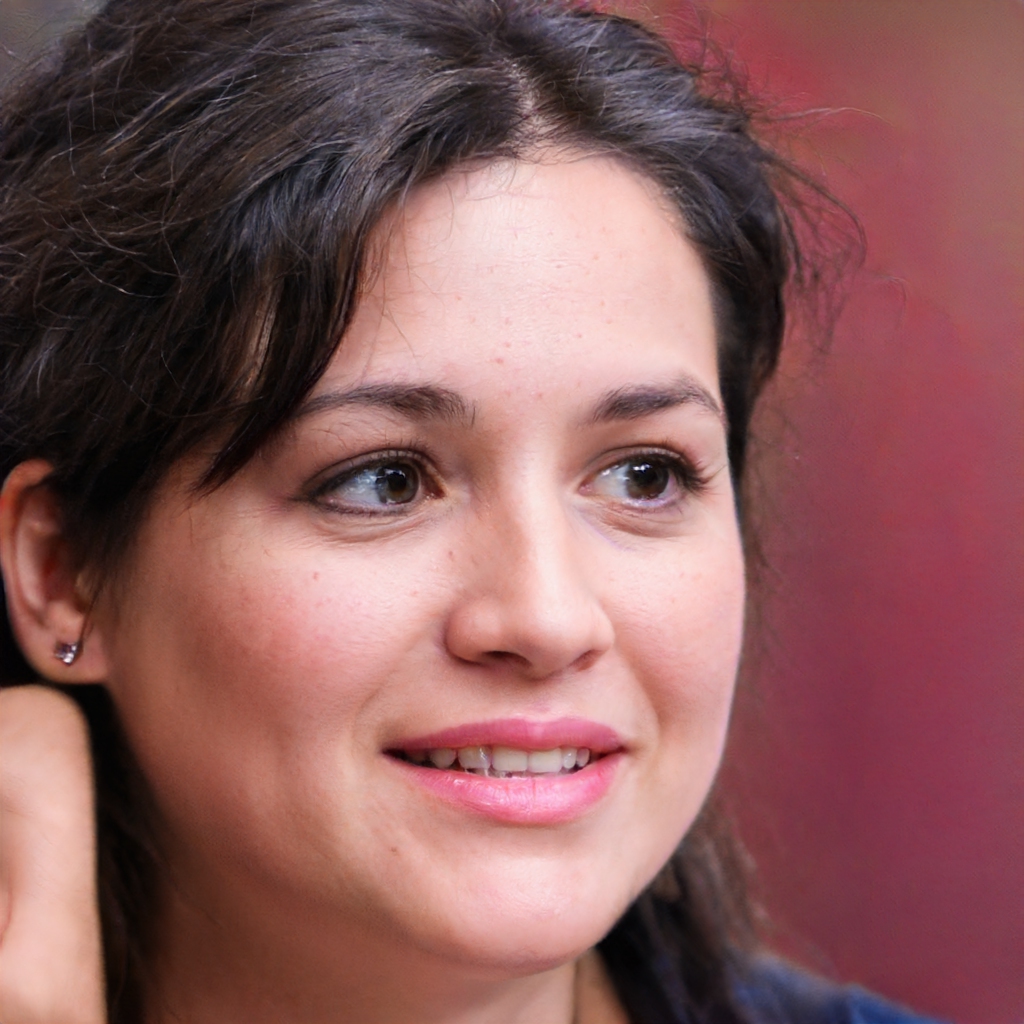Light field photography is a technique that allows a camera to capture both the intensity and the direction of light in a scene. This information can then be used to create images that look realistic and three-dimensional.
The light field of a scene can be thought of as a three-dimensional map of the light that is reaching the camera. To capture the light field, a camera must have a large number of tiny sensors that are able to record the intensity and direction of the light.
Once the light field has been captured, it can be used to create images that look realistic and three-dimensional. For example, a photograph of a person could be turned into a three-dimensional model that can be viewed from different angles.
Light field photography is still in its early stages of development, but it has the potential to revolutionize the way we take and view photographs.
How does light field photography work?
Light field photography is a relatively new technology that enables a camera to capture all the light rays in a scene, rather than just a single plane. This allows for a much more realistic image, as it captures not only the visual appearance of objects, but also their three-dimensional structure.
To capture a light field, a camera must have a special lens that is able to focus light from different angles onto a sensor. This type of lens is called a microlens array. The array consists of a large number of small lenses, each of which captures a light ray from a different angle.
The sensor in a light field camera is also different from a traditional sensor. It is made up of a large number of tiny sensors, each of which captures a light ray from one of the microlenses in the lens array.
The data from all of these sensors is then combined to create a single image. This image contains information about the direction of the light rays, as well as their intensity. This enables the camera to capture not only the appearance of objects, but also their three-dimensional structure.
Light field photography is still in its infancy, and the technology is constantly evolving. However, it has already shown great promise, and it is expected to become increasingly popular in the years to come.
What happened to light field cameras?
Light field cameras are a type of camera that captures both the intensity and the direction of light in a scene. This allows for a more realistic representation of the scene, as well as more flexible post-processing.
However, light field cameras have not been widely adopted, due to a number of factors. First, they are expensive, due to the need for multiple lenses and sensors. Second, they are bulky and difficult to use, due to the need for special mounts and software. Finally, the quality of the images produced by light field cameras is not yet on par with traditional cameras.
How does a Plenoptic camera work?
A plenoptic camera is a type of camera that uses a lens system to focus light on a sensor, typically a CCD or CMOS sensor. The lens system is made up of a number of lens elements, typically two or three, that are arranged in a way that allows the light to be focused on the sensor. The lens system is often referred to as a "lens array."
The advantage of a plenoptic camera over a traditional camera is that it allows for a greater degree of control over the focus of the image. This is because the lens system can be designed to allow the light to be focused on different parts of the sensor, depending on the needs of the image.
A plenoptic camera is often used in applications where it is important to have a high degree of control over the focus of the image. For example, plenoptic cameras are often used in medical imaging applications, where it is important to be able to focus on different parts of the body.
What is 4D light field?
In general, a light field is a description of how light travels through space. In particular, a 4D light field is a mathematical model that captures the intensity, direction, and polarization of light at every point in space and time.
The 4D light field is often used in computer graphics and vision, as it can be used to generate realistic images or videos of scenes with complex lighting. For example, the 4D light field can be used to render a realistic image of a sunlit room, taking into account the different shadows that are cast as the sun moves across the sky.
There are several different ways to represent a 4D light field, but one of the most common is the ray tracing method. In ray tracing, the 4D light field is represented as a collection of rays, with each ray corresponding to a particular point in space and time. The rays are then traced through the scene, and the resulting image is generated by combining the light from all of the rays.
The 4D light field can also be represented using a volumetric data structure, such as a 3D texture. In this case, the 4D light field is represented as a collection of 3D textures, with each texture corresponding to a particular point in space and time. The resulting image is generated by sampling the light field at the appropriate points in space and time.
There are many other ways to represent a 4D light field, but the ray tracing and
